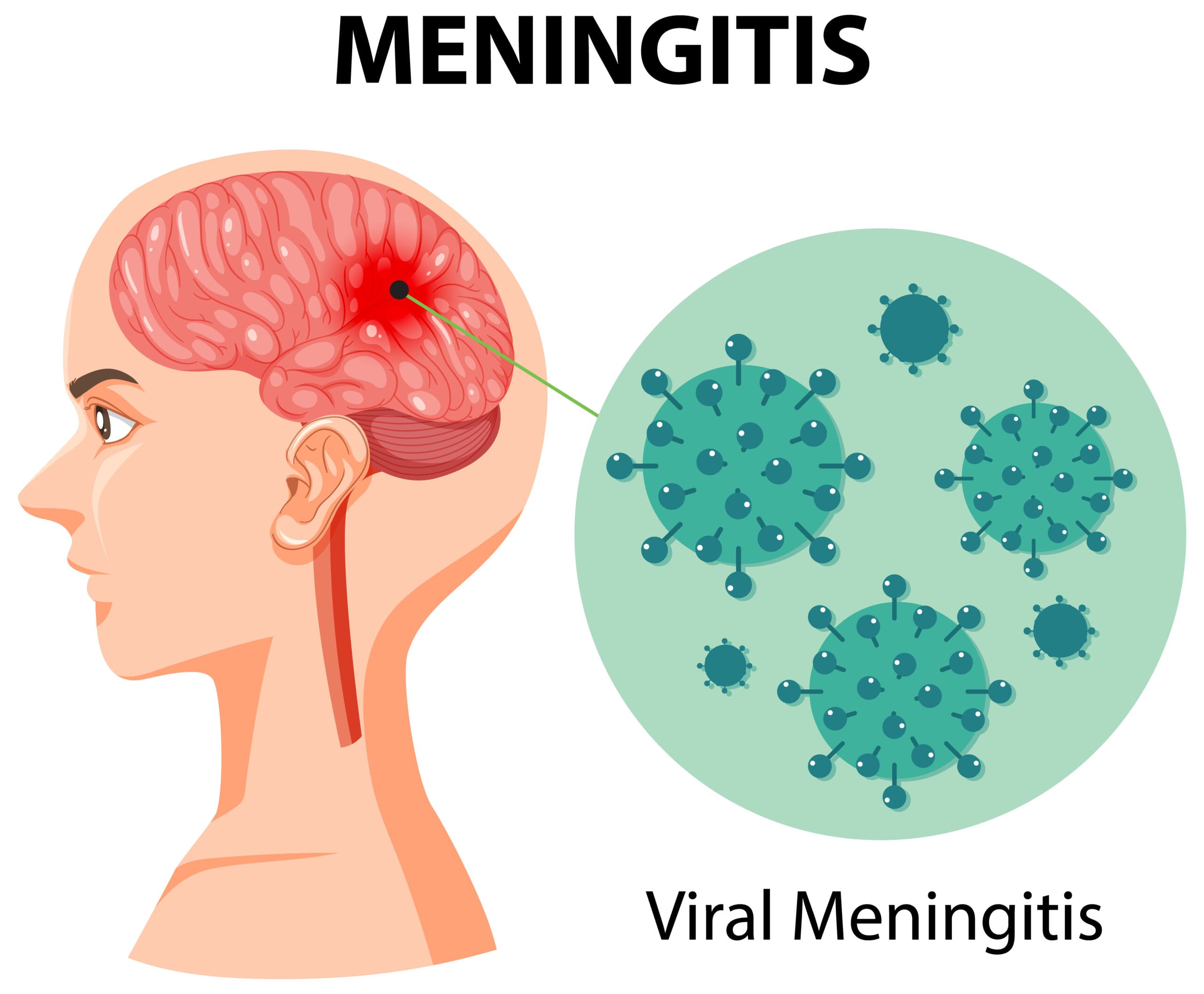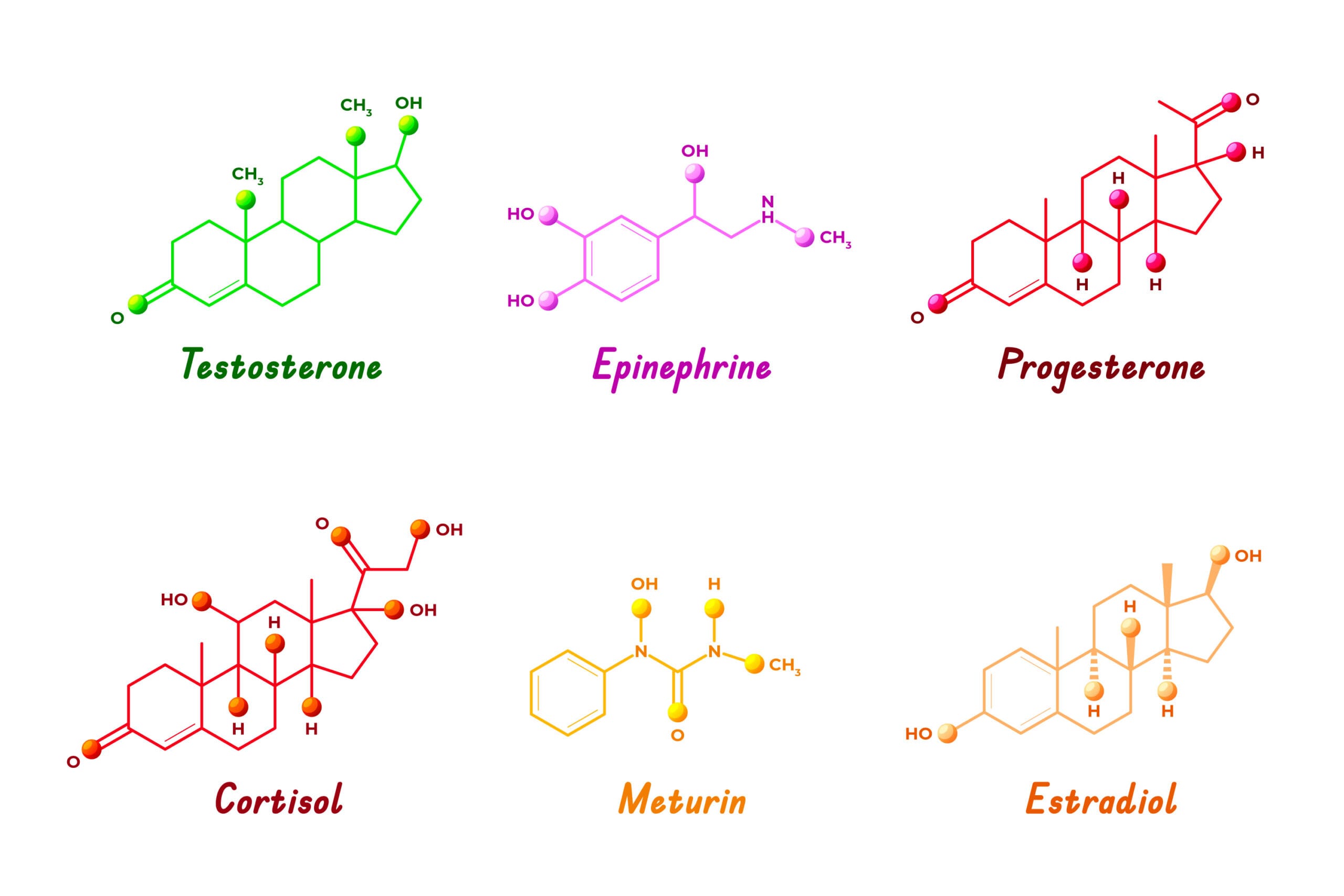|
Getting your Trinity Audio player ready... |
Guidelines for Asthma Management (Updated 2023)
Asthma is a widespread chronic respiratory condition characterized by reversible airway obstruction, bronchospasm, and excess mucus production, which leads to breathing difficulties and triggers coughing. It is a significant global health concern affecting both children and adults. Asthma can lead to high levels of morbidity and mortality, particularly in severe cases, posing substantial challenges to public health systems worldwide.
Diagnosis of Asthma
Diagnosing asthma requires a thorough evaluation by a primary care physician, especially during the initial consultation. It is recommended that healthcare providers use a structured initial assessment form to guide their diagnosis. This form should assess the following key aspects:
- Confirming Asthma Diagnosis: Identifying the primary symptoms, including wheezing, coughing, and shortness of breath.
- Assessing Asthma Control: Determining how well the patient is managing their asthma symptoms.
- Identifying Triggers: Understanding environmental or activity-related factors that may worsen symptoms.
- Evaluating Risk: Assessing the likelihood of future asthma exacerbations or long-term complications.
- Differential Diagnosis: Ruling out other potential conditions that could mimic asthm, such as respiratory infections or chronic obstructive pulmonary disease (COPD).
To aid in determining the degree of asthma control, the physician may ask specific questions related to the patient’s recent symptoms, such as:
- Have you experienced daytime asthma symptoms more than twice per week in the past four weeks?
- Have you had any nighttime awakenings due to asthma?
- Have you used a reliever inhaler more than twice per week?
- Has asthma limited your daily activities?
If the patient answers “No” to all these questions, their asthma is considered well controlled. If they answer “Yes” to one or two, it indicates partial control, and if they answer “Yes” to three or more, asthma is not well controlled.
Asthma Management Plan
Once asthma is diagnosed and its level of control is assessed, an effective management plan should be established. The primary goals of asthma management include:
- Symptom Control: Achieving an Asthma Control Test (ACT) score of 20 or higher.
- Normalization of Activities: Enabling the patient to engage in daily and physical activities with minimal medication.
- Prevention of Severe Episodes: Reducing the risk of emergency department (ED) visits and hospitalizations.
The management plan should address several crucial components:
- Education: Patients and parents must be informed about asthma, its triggers, and how to recognize and avoid them.
- Medication Options: Provide information on the available treatment options and how they work.
- Inhaler Technique: Proper inhaler use is critical for effective medication delivery. Patients should be taught how to use inhalers correctly.
- Exacerbation Prevention: Discuss strategies for minimizing asthma attacks, including avoiding known triggers.
- Action Plan: Patients and caregivers need clear instructions on what to do when symptoms worsen. This includes recognizing early signs of an exacerbation and knowing when to seek medical attention.
- Communication with Healthcare Providers: Encourage regular check-ins with the doctor and clear channels for addressing concerns or questions.
- Follow-Up Schedule: Establish a plan for follow-up visits based on the severity and control of the asthma.
Pharmacological Treatment for Asthma in Patients Aged 10 and Older
The Global Initiative for Asthma (GINA) provides a framework for managing asthma in patients aged 10 years and older. This guideline includes a stepwise approach to treatment, adjusting therapy based on the severity of asthma and its response to treatment.
- Step 1: This step is suitable for patients with mild asthma who have symptoms less than twice per month and no history of severe exacerbations. New evidence from the 2019 GINA guidelines suggests that short-acting beta agonists (SABA) should no longer be used alone to manage asthma. Instead, patients are encouraged to follow more comprehensive treatment plans.
- Step 2: For patients with moderate asthma, the preferred treatment options include either a low-dose inhaled corticosteroid (ICS) and formoterol as needed or a daily low-dose ICS combined with a rescue SABA. This approach allows patients to manage symptoms with minimal daily medication while ensuring effective control during episodes of bronchoconstriction, such as those induced by exercise.
- Step 3: For patients with more persistent symptoms, a combination of a low-dose ICS and a long-acting beta-agonist (LABA) is recommended, with SABA used as needed. Alternatively, low-dose ICS-formoterol may be used for both maintenance and relief, allowing for a more flexible treatment approach.
- Step 4: Patients who continue to experience symptoms despite the previous treatments may require medium-dose ICS-LABA therapy or ICS-formoterol as both a maintenance and reliever therapy. It is important to note that ICS-formoterol should not be combined with other LABA-containing medications.
- Step 5: In cases where patients experience frequent exacerbations or significant symptom deterioration despite adherence to therapy and proper inhaler use, they are considered to have severe or difficult-to-treat asthma. These patients should be referred to a pulmonologist for further evaluation and specialized care.
Stepwise Management Approach:
The stepwise approach ensures that treatment is tailored to the patient’s current condition and adjusted as needed.
- Stepping Up: If a patient’s asthma remains poorly controlled or if they experience frequent exacerbations despite using low-dose ICS for 2–3 months, their treatment plan should be stepped up. This may include increasing the dose of inhaled corticosteroids, adding a LABA, or transitioning to combination therapies that include both maintenance and reliever medications.
- Stepping Down: Once a patient achieves good symptom control and stable lung function for at least three months, it may be appropriate to step down treatment. This involves reducing the dose of ICS or simplifying the regimen to minimize medication use while still maintaining asthma control.
Key Points for Effective Asthma Management
- Patient Education: Proper education is the cornerstone of asthma management. Ensuring that patients and their families understand asthma, its triggers, and how to use medications correctly can significantly improve outcomes.
- Monitoring: Regular follow-up visits are essential for monitoring asthma control, adjusting medications, and identifying early signs of exacerbation.
- Personalized Treatment: Asthma treatment should be tailored to each individual’s specific needs, considering their severity of symptoms, frequency of exacerbations, and overall quality of life.
Asthma is a chronic condition that requires ongoing management and regular adjustment of treatment. Through the use of a comprehensive management plan, including education, appropriate pharmacological interventions, and regular monitoring, patients can achieve better control over their symptoms and improve their quality of life.











